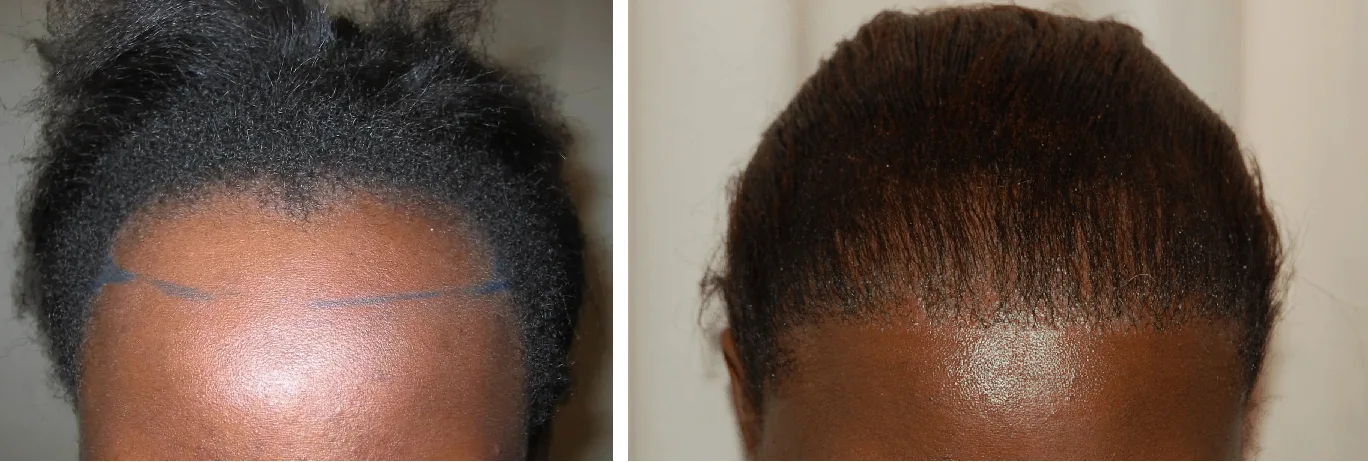What Are The Steps of Hair Transplant Procedure?
Hair transplant procedure entails extracting tiny grafts from the hair-bearing scalp or cutting a bigger section of the source scalp into smaller pieces for grafts.
These grafts are then transplanted to a bald or thinning scalp region. The grafts made in this way are all different sizes and shapes. Around 10-15 hairs are frequently present in round-shaped grafts.
What Happens During a Hair Transplant Procedure?
A surgeon uses a tiny needle to numb an area of your head with a local anaesthetic after carefully cleaning your scalp.
FUT and FUE are the two basic methods for harvesting follicles for hair transplantation procedures.
Follicular Unit Transplantation (FUT) is a procedure that involves the transplanting of individual hair follicles.
- The surgeon will remove a piece of scalp tissue from the back of the head using a scalpel. Typically, the incision is several inches long.
- Stitches are used to seal the wound.
- Using a magnification lens and a precise surgical knife, the surgeon divides the scalp removed into tiny chunks. These pieces, once implanted, will aid in the development of natural-looking hair development.
Hair follicles are extracted directly from the back of the head using hundreds to thousands of small incisions in Follicular Unit Extraction (FUE).
- The surgeon uses a blade or a needle to cut small holes in the region of your scalp that will receive the hair transplant. Hairs are delicately placed in these openings.
- A surgeon may transplant hundreds or even thousands of hairs in a single therapy session.
- For a few days, the graft, gauze, or bandages will cover your scalp for healing.
A hair transplant procedure might take up to four or five hours. About ten days following surgery, your sutures will be extracted.
You could need three or four hair transplant treatments to get the full head of hair you want. To enable each hair transplant to recover properly, sessions are spaced many months apart.
Stages of Hair Restoration Procedure
Hair transplant operations are becoming more common, with up to 50% of men reporting some degree of hair loss.
Many individuals are familiar with them before and after the outcomes of a hair transplant, but many patients come to Clinic Effect eager to learn more about the procedure.
We have a team of industry-leading professional surgeons at Clinic Effect that uses a modified approach to create extremely tiny entry sites into the scalp.
We’ve put up a step-by-step guide to a hair transplant journey to assist you in making a better-educated choice.
- Stage 1: Consultation and Preparation,
- Stage 2: Donor Graft Extraction,
- Stage 3: Graft Preservation,
- Stage 4: Implantation,
- Stage 5: Post-op Care.




